Does sports science only tell us half the story?
Research papers provide the basis for much of what we know about exercise science. But do they ignore half the population?
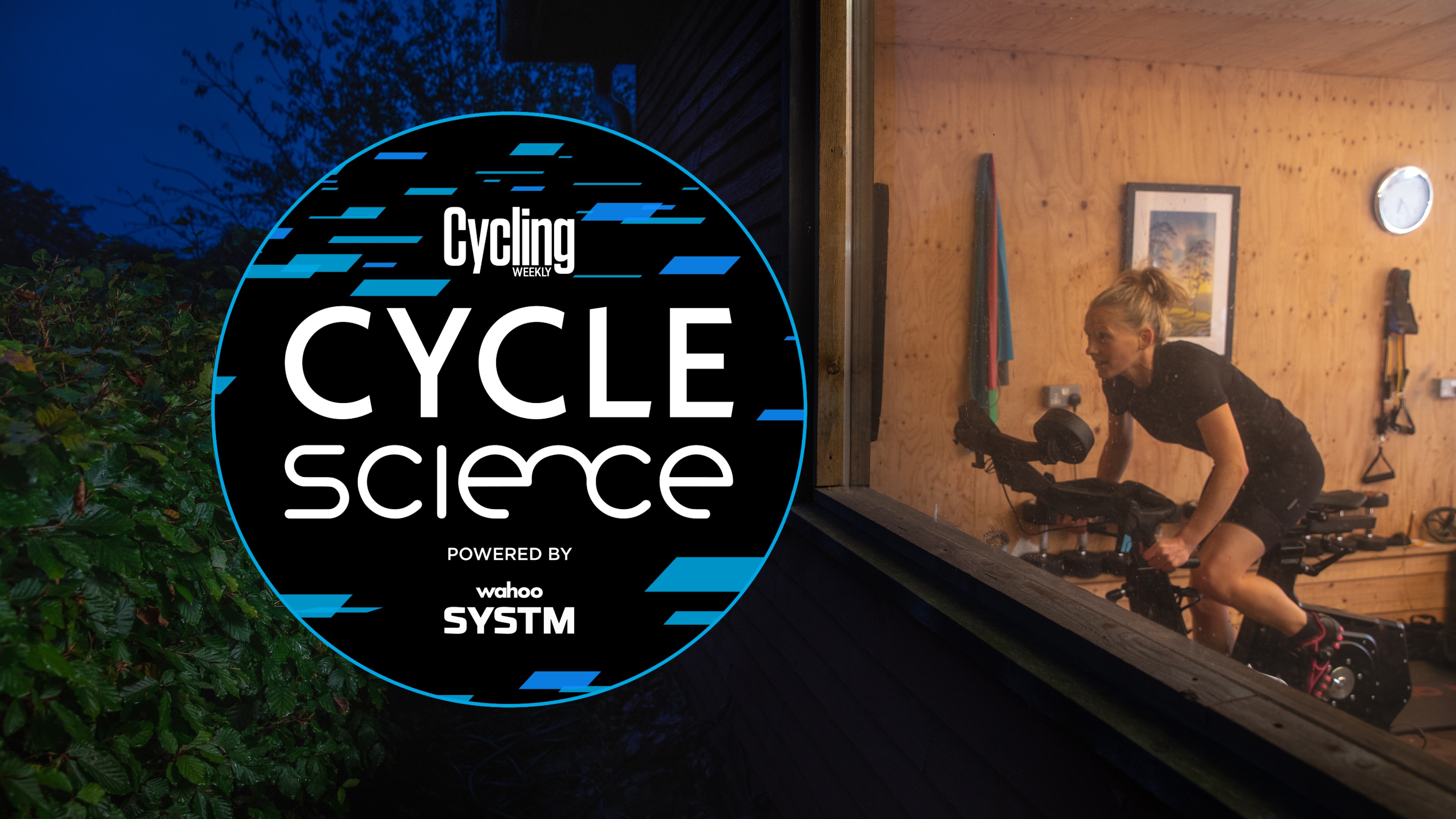

This content is part of a paid partnership with Wahoo. The contents of this article are entirely independent and solely reflect the editorial opinion of Cycling Weekly.
No-one needs to be told that women's cycling is the poorer sibling to the men's sport. But the investment inequality doesn't stop at bikes and team buses and prize funds - it hooks its tendrils into everything, including the research papers which inform coaches and sports directors.
The 'gender data gap' extends into a myriad of day-to-day interactions.
As writer and activist Caroline Criado-Perez has highlighted in a plethora of recent articles, a failure to take the female body into account has resulted in some shocking stats. For example, that women are 47 per cent more likely to be seriously injured, 71 per cent more likely to be moderately injured and 17 per cent more likely to die in a car crash.
Women are also more likely to die from heart attacks, since clinical studies tend to focus on men, whose symptoms differ*.
The trend continues, actually deepens, when we focus the lens on sports science. A recent review of sports science studies found that only three per cent of articles in leading sports performance journals exclusively investigate women.
The results of studies on men can't simply be transposed to women. Gender makes a difference, affecting carbohydrate metabolism, inflammation and incidence of injury, body temperature regulation and blood plasma levels to name a few.
Get The Leadout Newsletter
The latest race content, interviews, features, reviews and expert buying guides, direct to your inbox!
Why won't researchers include women in their studies?
Bypassing the uncomfortable truth that some studies are commissioned by organisations with a preference towards furthering men's sport, one of the key reasons that sports scientists are hesitant to include women within their studies is that hormonal fluctuations make doing so significantly more time consuming and expensive.
Dr Emma Ross, Co-Head of Physiology at the English Institute of Sport (EIS), explains: "Doing good quality research on females is often longer and more expensive, and as such, researchers often avoid this resource-heavy approach.
"To truly glean results that are impactful for athletes, data needs to be collected across the different phases of the menstrual cycle, when the levels of fluctuating hormones are at their peaks and troughs. This allows practitioners to be able to confidently apply findings knowing how the outcomes are affected at different points if a female athletes menstrual cycle."
Unfortunately, these hormonal fluctuations may well be one of the key factors affecting women's performance. The natural ebb and flow can be catered for by periodising training, but few coaches are educated on cause and effect.
"We took a ‘female athlete fundamentals’ workshop on a roadshow, talking to over 200 coaches, athletes and sports science staff. So many of them agreed that female specific factors were often poorly understood and therefore overlooked in the training of female athletes," Dr Ross explained.
How much difference to hormones make in female performance?
An EIS survey showed that 50 per cent of women within the High Performance System said their cycle affected performance, whilst 30 per cent said periods were erratic or absent, putting them at risk of long term negative health effects such as deteriorating bone density.
When researchers at Fitr Woman, a female athlete programme, incorporating a free app, conducted a study alongside Strava they found that 88 per cent of the 14,000 women surveyed confirmed that their exercise performance was negatively impacted at some point of their cycle. And just one in five of those who had a coach said they discussed the impact with them.
"During a menstrual cycle [typically 24-35 days], there are two primary sex hormones that fluctuate; oestrogen and progesterone. These hormones travel in the blood, and as a result, have the ability to affect all physiological and psychological systems in the body," said Dr Georgie Bruinvels, lead scientist at FitrWoman which is powered by the Sports Science company Orreco.
The app is designed to help women plan training in tandem with hormonal changes, which Dr Bruinvels outlined for us in four stages:
Menstrual phase:
- Oestrogen and progesterone are both low in concentration
- Athletes may experience menstrual-cycle related symptoms, such as mood-changes, fatigue and cramps
- Many athletes often feel more energised and able to push a bit harder during a workout. Anecdotally this occurs on day 2 onwards.
Follicular phase:
- Once bleeding stops, oestrogen levels start to increase and athletes are now more reliant on fat as a fuel during low and moderate intensity exercise, rather than carbohydrates.
- When oestrogen reaches its peak (just before ovulation) there is a window where injuries such as ACL tears are more likely to occur. This is due to the effect of oestrogen, in isolation on muscle, tendon and ligament.
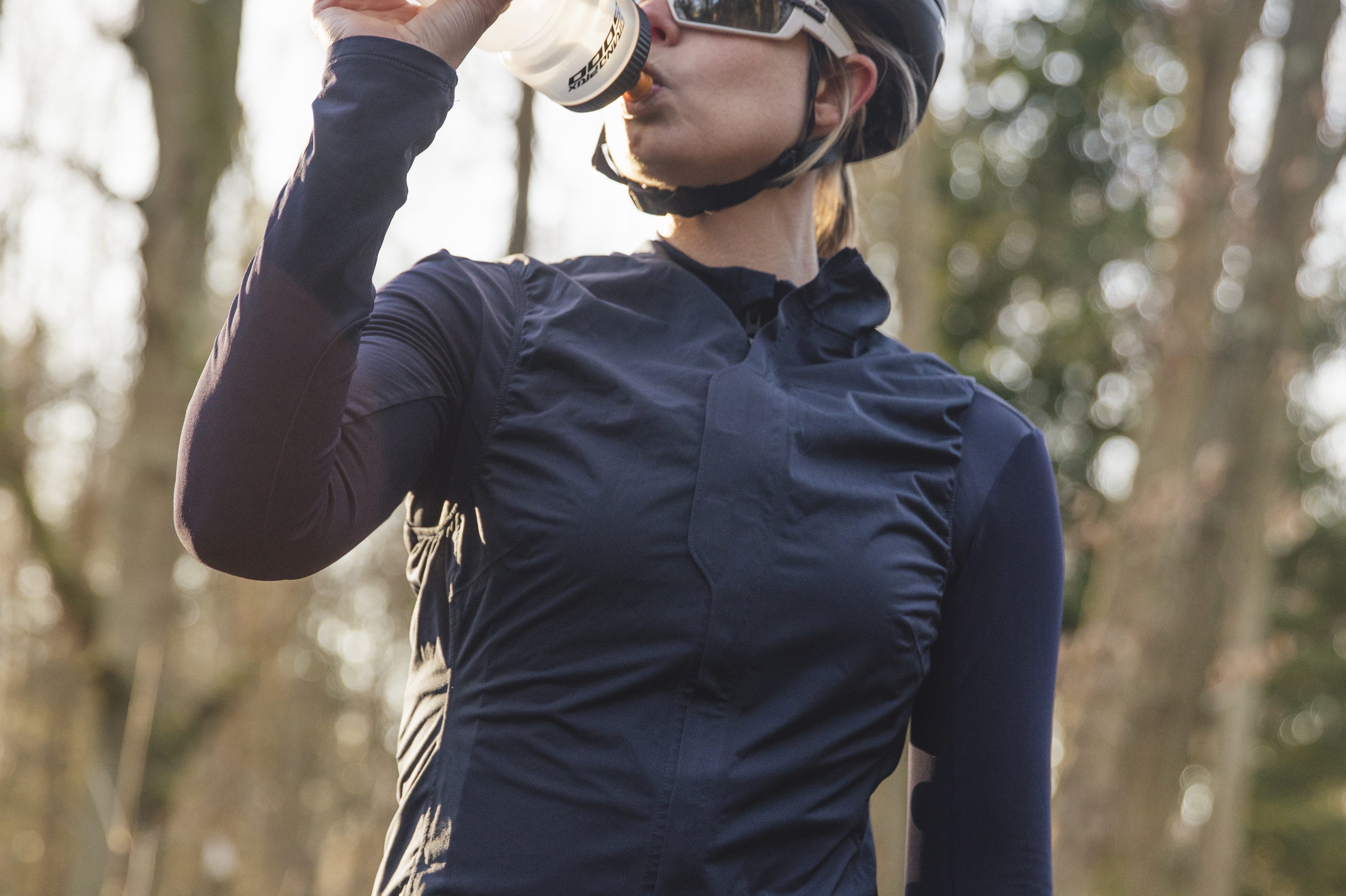
Luteal phase:
- After ovulation, progesterone levels rise, and core body temperature increases. This may increase an athlete’s sweat response and temperature sensitivity, meaning exercise in the heat may be impaired, and hydration is key.
- An increase in progesterone means athletes also often experience disruption to sleep at this time and increased cravings. There are a number of strategies athletes can put in place to maintain energy levels and optimise their sleep in this phase.
Pre-menstrual phase:
- Progesterone and oestrogen levels start to drop towards the end of the cycle. This can cause an inflammatory response, and with it, bring symptoms of pre-menstrual syndrome.
- Blood sugar levels are more unstable at this time, causing cravings and potential dips in energy. It is really important for athletes to focus on regular, balanced fuelling, ensuring they are including plenty of anti-inflammatory foods into their diet.
Do hormonal contraceptives have an effect?
All of the above assumes women are experiencing a natural cycle. But a study into National Health Statistics shows that 28 per cent of women of reproductive age are on the pill, and a 2008 paper suggests this may increase to as many as 80 per cent within female athletes.
In Laura and Jason Kenny's Autobiography, The Inside Track, the four time Olympic gold medallists talks about using the pill to avoid menstruation on race days.
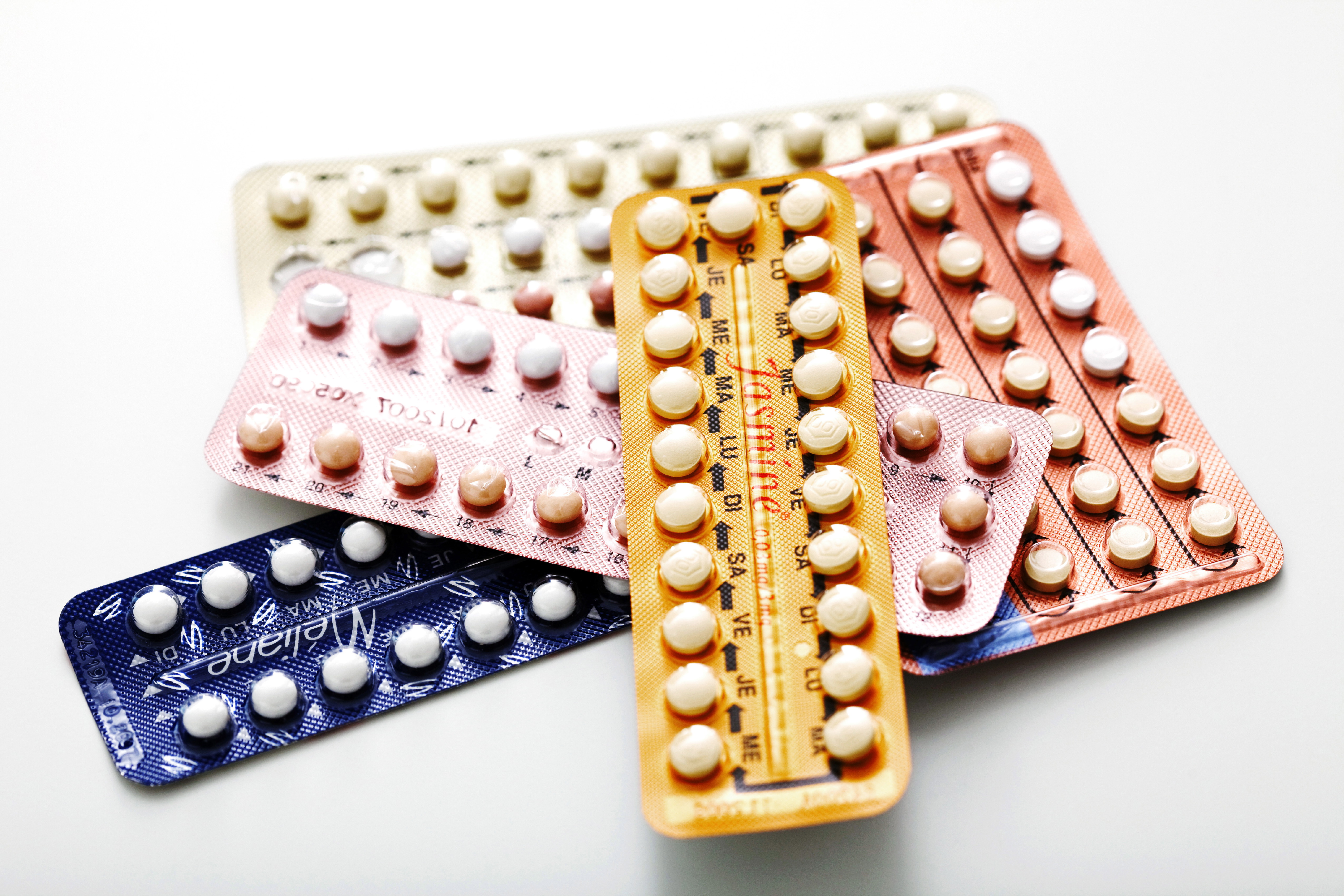
However, according to Physiologist and Nutrition Scientist Dr Stacy Sims: "Oral contraceptive pills invoke 6-8 times the oestrogen and progesterone levels that a naturally cycling woman has. Thus all the negative effects of oestrogen and progesterone are elevated."
This means that women using these methods can consider themselves constantly in the high hormone, luteal and pre-menstrual, phases - where performance is often hampered.
Dr Bruinvels tells us: "There is a lack of research and therefore a lack of understanding around hormonal contraception.
"The Combined Oral Contraceptive (COC) releases synthetic oestrogen and progesterone into the body, and as a result, this suppresses levels of natural oestrogen and progesterone. We know that, long term, the lack of natural oestrogen can have negative health consequences, as oestrogen plays many important roles, for example bone health, cognition, liver and skin health, while also being cardioprotective.
"The COC has also been shown to increase baseline oxidative stress levels and decrease testosterone levels, which is important for athletic women as it could impair recovery and adaptation to training - although these consequences have not been established in the research."
It seems likely that if male athletes were taking daily pills known to reduce testosterone levels questions would be asked.
Yet in a 2007 review**, researchers stated: "To date, research in the area of oral contraceptives and exercise capacity is sparse and much has been plagued by poor research design, methodology and small sample size.
"It is clear from the research to date that more randomised clinical trials are urgently required."
Other areas of under research
Whilst women's fluctuating hormone levels have a huge impact, they're far from the only difference between men and women.
Carbohydrate loading is a strategy that cyclists have been using for longer than Campagnolo has been the national groupset of Italy.
But in a 2015 study*** researches noted that for women to achieve a benefit from carb loading, they'd need to increase their energy intake by 34 per cent, something most would not want to do in the days leading up to competition.

It's possible that women may naturally oxidise more fat, and thus actually benefit from 'fat loading,' but there isn't enough research to say for sure.
Sam Impey, sports scientist at Mitchelton-Scott, and Adjunct Lecturer at Edith Cowen University told Cycling Weekly: "There may be some evidence that at moderate intensities, and below lactate threshold, women may naturally have a higher fat oxidation rate, but its still quite speculative and may change across the menstrual cycle.
"There’s a pretty severe lack of studies done on women, particularly elites. Personally I think it's a bit of a travesty."
Dr Ross adds that research and questionnaires carried out by the EIS have highlighted issues around breast support and bike saddles.
"High intensity interval sessions on the bike or turbo require big expansion of the rib cage to expand the lungs – an ill-fitting sports bra can impair breathing mechanics or can impinge on nerves in the shoulder and arms affecting grip," she said.
Often the trade off is between a crop-top with limited support, or a highly structured garment with a tight band that can restrict breathing. Then there's the matter of sweat-wicking, which never matches that of other technical clothing, resulting in a cold chest when everything else is dry.
"Bike saddles have historically been designed with men in mind. At best, this can lead to discomfort whilst riding, or at worst, chronic injury in the seat region," Dr Ross adds, touching on an area that attracted attention when Paralympian Hannah Dines revealed her five year struggle with saddle pain and resultant surgery.
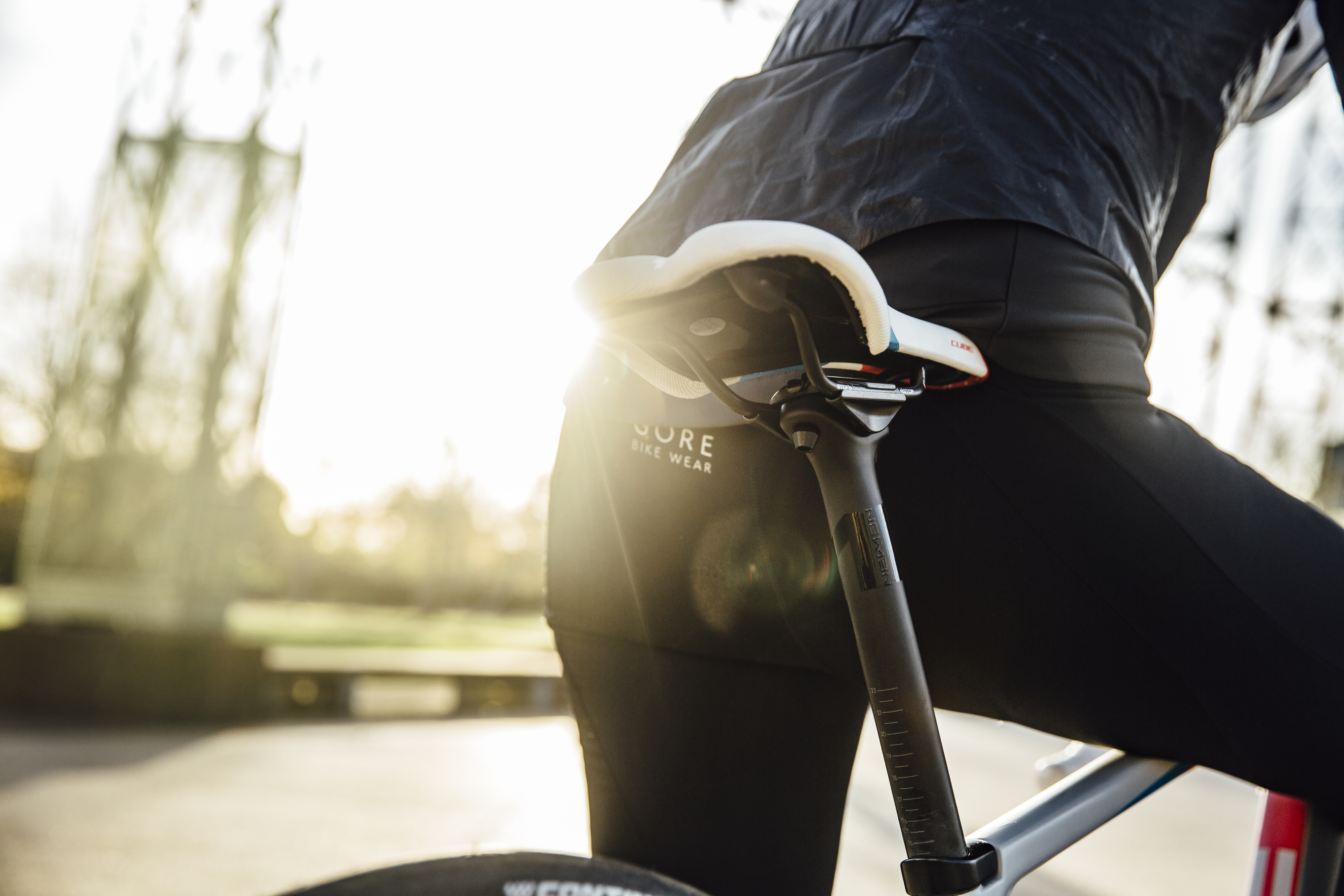
Former consultant at British Cycling and bike fitter at the eponymous 'Phil Burt Innovation', Phil Burt agrees that women are often overlooked by the cycling industry.
The 'cut out' saddle often favoured by women was initially designed to relieve discomfort for men, he points out, and despite women having wider hips to allow for child birth, nearly all cyclists ride with the same stance width.
>>> How to choose the right saddle for you
"I'm trying to get the industry to treat women as they need to be treated, rather than as an afterthought. That includes looking at women's saddles, women's chamois solutions, better women's geometry, which means just smaller bikes mostly, but the geometry has to change with that so the bike handles well," he says.
Forward movement
The current state of affairs is a million miles off optimum. However, work is underway.
Free app 'Fitr Woman' offers daily hints and tips specifically tuned to athletic performance. The app can even be paired with Strava, and used alongside FitrCoach for even more guidance.
British Cycling's focus on women's cycling means that in 2017 the organisation was able to report a 70 per cent increase in the number of trained female coaches, vs when the strategy was launched four years before.
At the EIS, Dr Ross has been pivotal in launching a series of 'SmartHER' workshops, aiming specifically to bring female athletes together and address issues that affect women. Athletes and coaches attend separate sessions to ensure honesty and openness.
Part of the motivation behind the launch of the initiative is that the Tokyo Olympics represent the first games where there will be equal medal opportunities between men and women.

"This significant milestone inspired us to take a closer look at how we support our female athletes through science, medicine and coaching, and where we could do better," Dr Ross says.
The workshops, she says, "gave athletes a chance to speak openly and confidentially about a range of topics including hormonal and menstrual factors for performance, breast health and pelvic floor health."
"The wider SmartHER work also looks at training through pregnancy and the post natal period and psychology and female athletes," she adds.
All this is good, forward progression and can only be applauded. However, as Dr Bruinvels puts it: "Lack of research makes it hard for us to guide women, because it makes it hard to give concrete advice. Whilst you can never say 100 per cent that something from research is definite, the more research that is done, the more likely you can be sure of the effects of something."
The stark reality is that as long as women are the focus in just three per cent of studies, it's going to be difficult for experts in their fields to draw conclusions and put them into practice.
References
*Sex Differences in Treatments, Relative Survival, and Excess Mortality Following Acute Myocardial Infarction: National Cohort Study Using the SWEDEHEART Registry, Oras A Alabas
**The Influence of Oral Contraceptives on Athletic Performance in Female Athletes, 2007, Melonie Burrows, Charlotte E. Peters
***'Sex‐based differences in endurance exercise muscle metabolism: impact on exercise and nutritional strategies to optimize health and performance in women', 2016, Devries MC

Thank you for reading 20 articles this month* Join now for unlimited access
Enjoy your first month for just £1 / $1 / €1
*Read 5 free articles per month without a subscription

Join now for unlimited access
Try first month for just £1 / $1 / €1
Michelle Arthurs-Brennan the Editor of Cycling Weekly website. An NCTJ qualified traditional journalist by trade, Michelle began her career working for local newspapers. She's worked within the cycling industry since 2012, and joined the Cycling Weekly team in 2017, having previously been Editor at Total Women's Cycling. Prior to welcoming her first daughter in 2022, Michelle raced on the road, track, and in time trials, and still rides as much as she can - albeit a fair proportion indoors, for now.
Michelle is on maternity leave from April 2025 until spring 2026.
-
 A bike rack with an app? Wahoo’s latest, and a hub silencer – Sea Otter Classic tech highlights, Part 2
A bike rack with an app? Wahoo’s latest, and a hub silencer – Sea Otter Classic tech highlights, Part 2A few standout pieces of gear from North America's biggest bike gathering
By Anne-Marije Rook
-
 Cycling's riders need more protection from mindless 'fans' at races to avoid another Mathieu van der Poel Paris-Roubaix bottle incident
Cycling's riders need more protection from mindless 'fans' at races to avoid another Mathieu van der Poel Paris-Roubaix bottle incidentCycling's authorities must do everything within their power to prevent spectators from assaulting riders
By Tom Thewlis
-
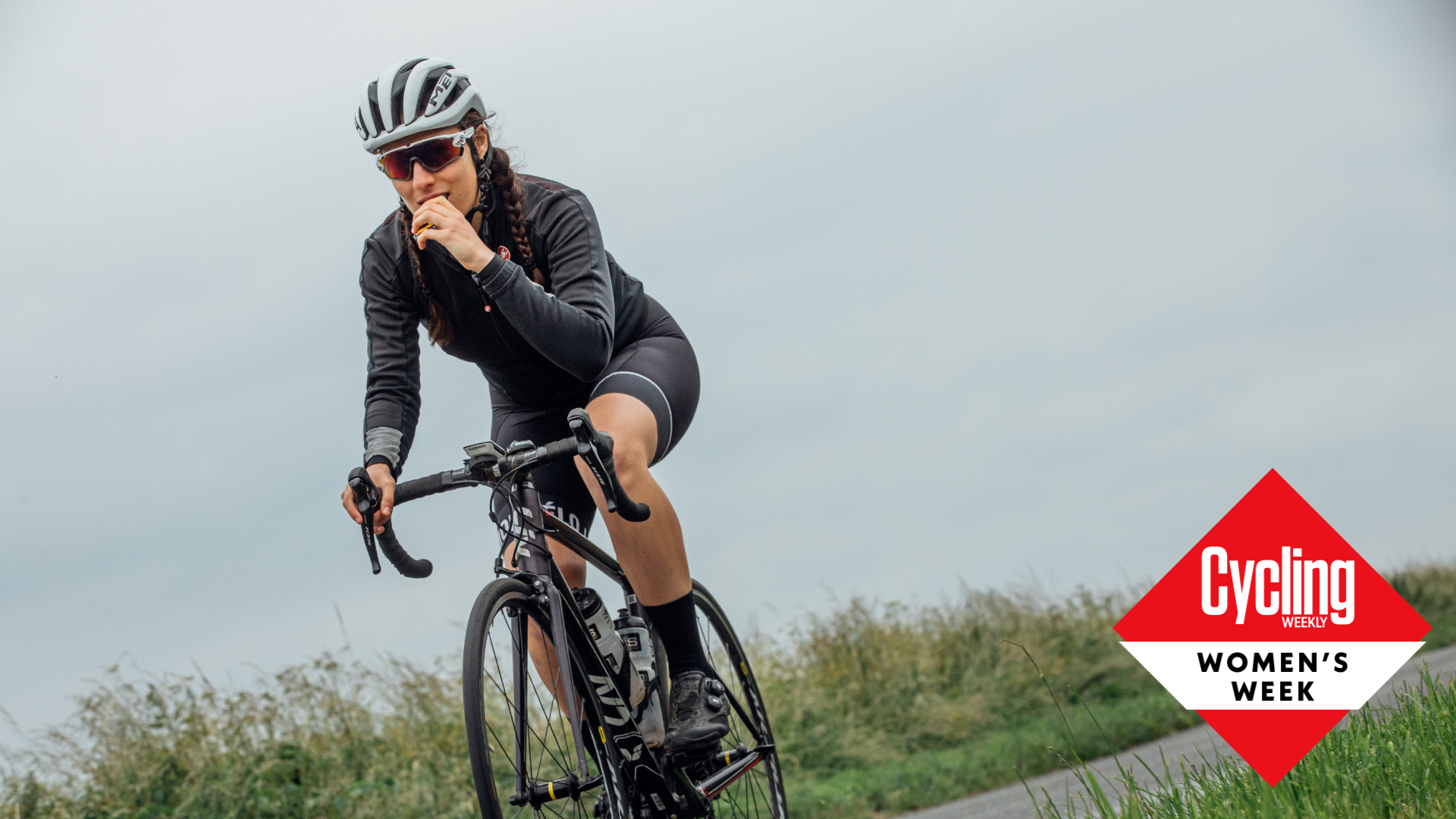 Female-specific nutrition strategies: how to adjust your fuelling at each stage of the menstrual cycle
Female-specific nutrition strategies: how to adjust your fuelling at each stage of the menstrual cycleYour carbohydrate and protein demands vary greatly throughout the month - here’s how to make sure you’re giving your body what it needs
By Andy Turner
-
 Strava data shows women restricted by daylight hours for exercise - but female Gen Z Brits prove more active than men
Strava data shows women restricted by daylight hours for exercise - but female Gen Z Brits prove more active than menGlobal data reveals women 8% less likely to exercise outside post-sunset
By Anna Marie Abram
-
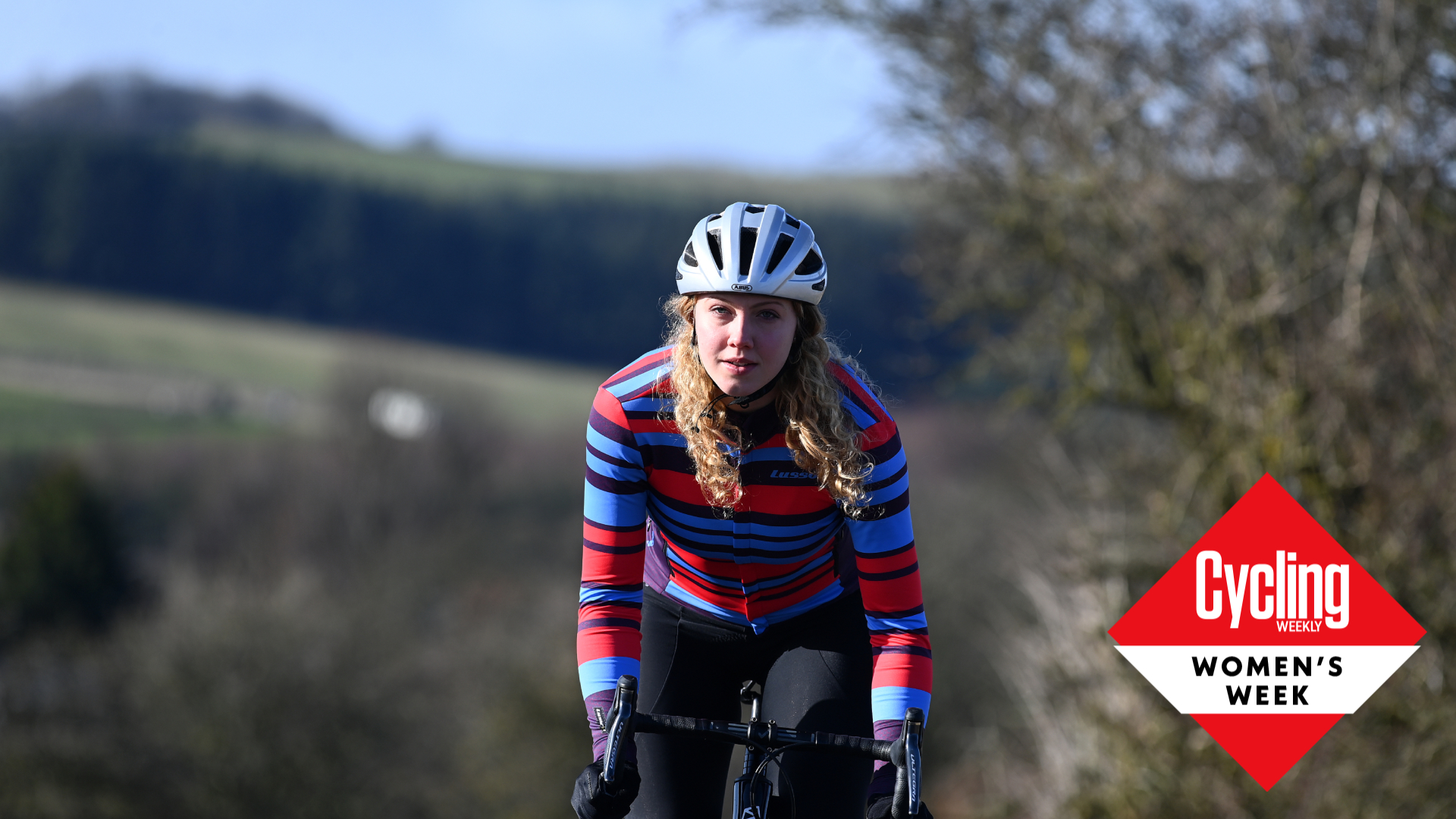 Seven ways ‘traditional’ cycle training approaches don't work for women - and what you can do instead
Seven ways ‘traditional’ cycle training approaches don't work for women - and what you can do insteadFemale physiology demands a different approach to training, nutrition, weight management and recovery – Dr Stacy Sims explains
By Deena Blacking
-
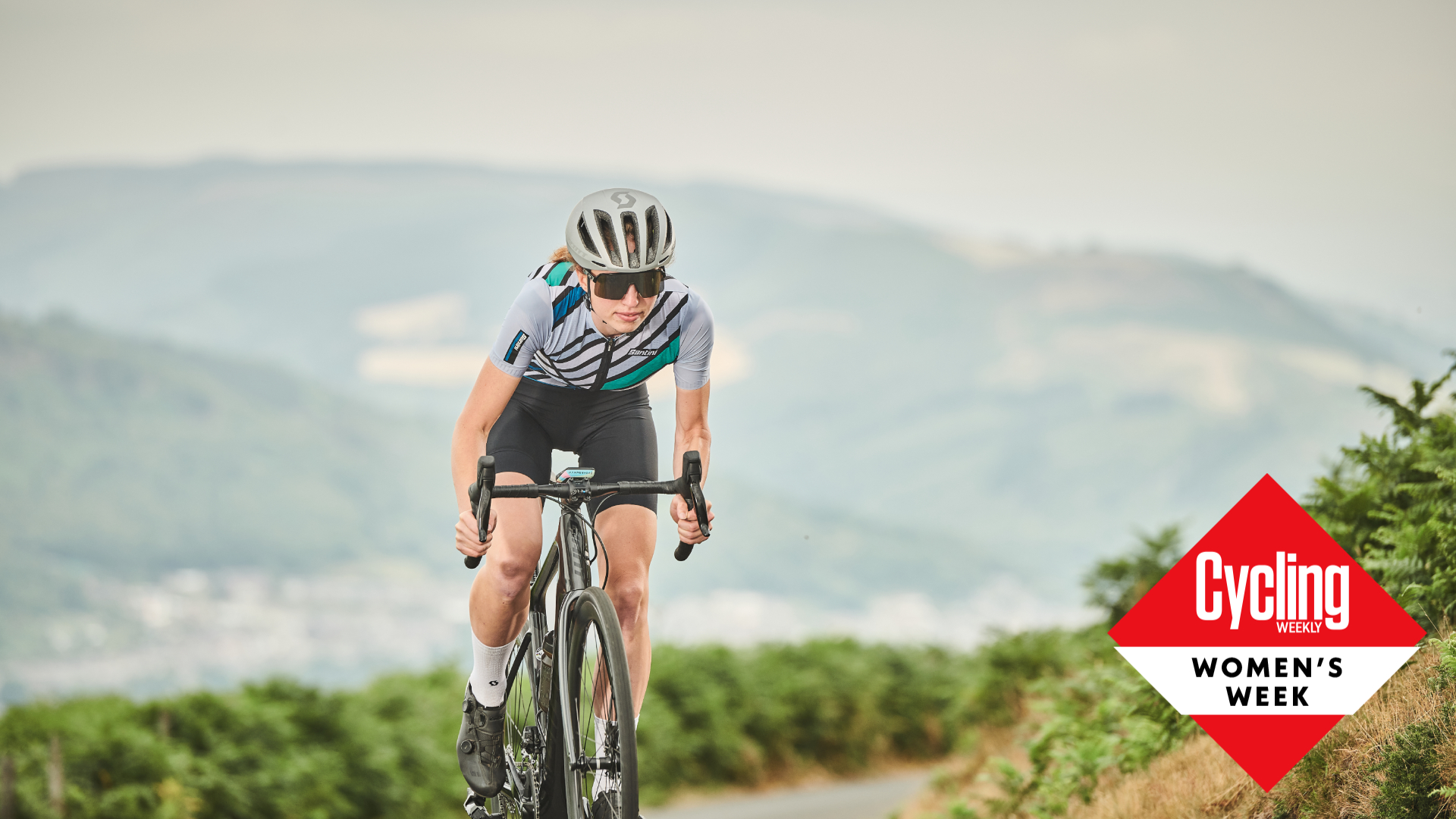 It's 'Women's Week' on Cycling Weekly: your guide to the training, tech and inspirational tales of (and by!) cycling's key women
It's 'Women's Week' on Cycling Weekly: your guide to the training, tech and inspirational tales of (and by!) cycling's key womenWe've got detailed articles on training with the menstrual cycle, a look back at the woman who entered the 1924 edition of the Giro d'Italia, and a dive into 'women-specific geometery' and its relevancy today - plus much, much more!
By Anna Marie Abram
-
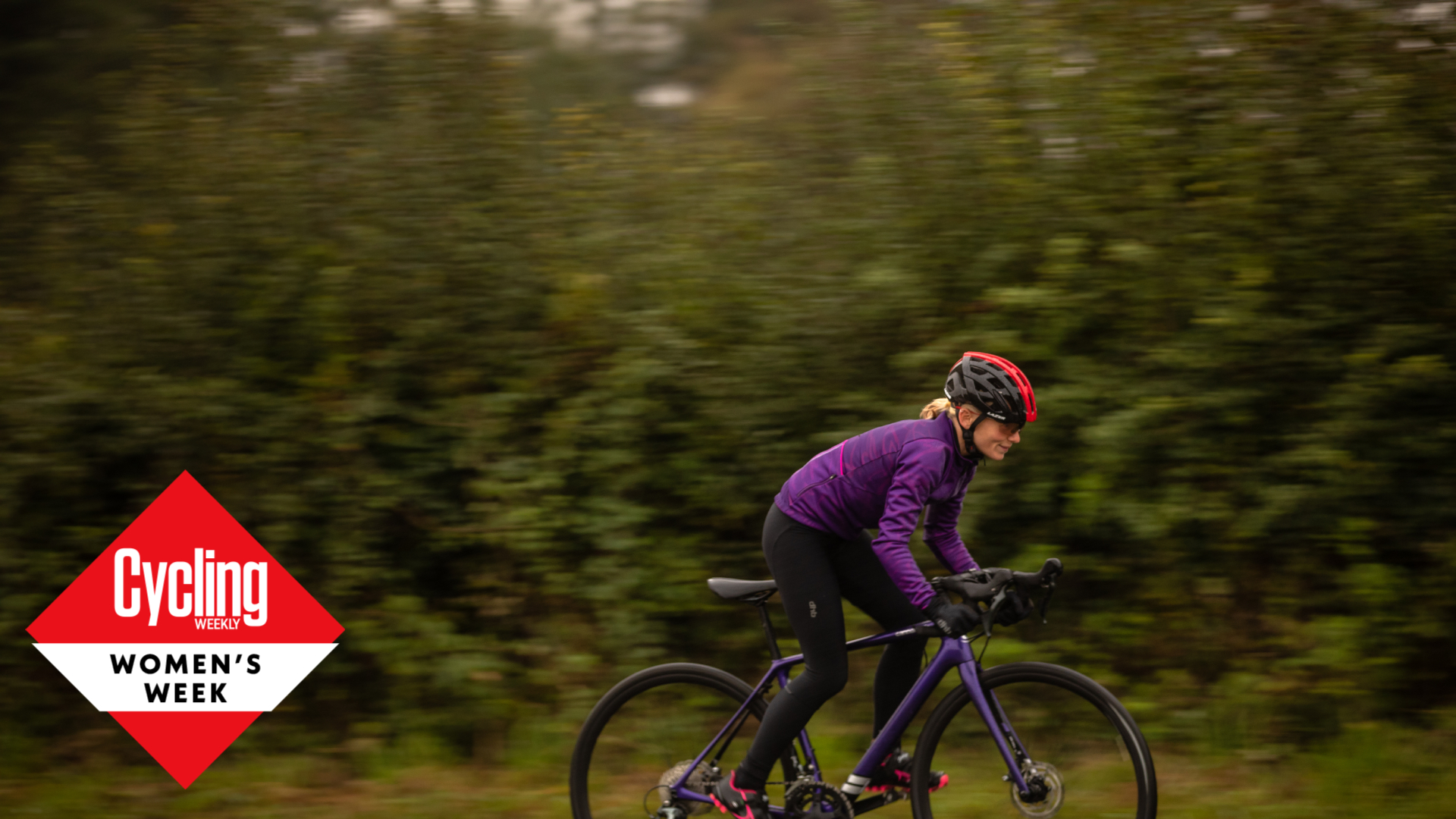 Stock bike setups are often stacked against women and smaller adult cyclists - here’s how to achieve a better fit
Stock bike setups are often stacked against women and smaller adult cyclists - here’s how to achieve a better fitFrom frame size to stance width, crank length to brake levers, here's eight common issues faced by smaller adult cyclists – and a bike fitter’s advice on how to overcome them
By Nicole Oh
-
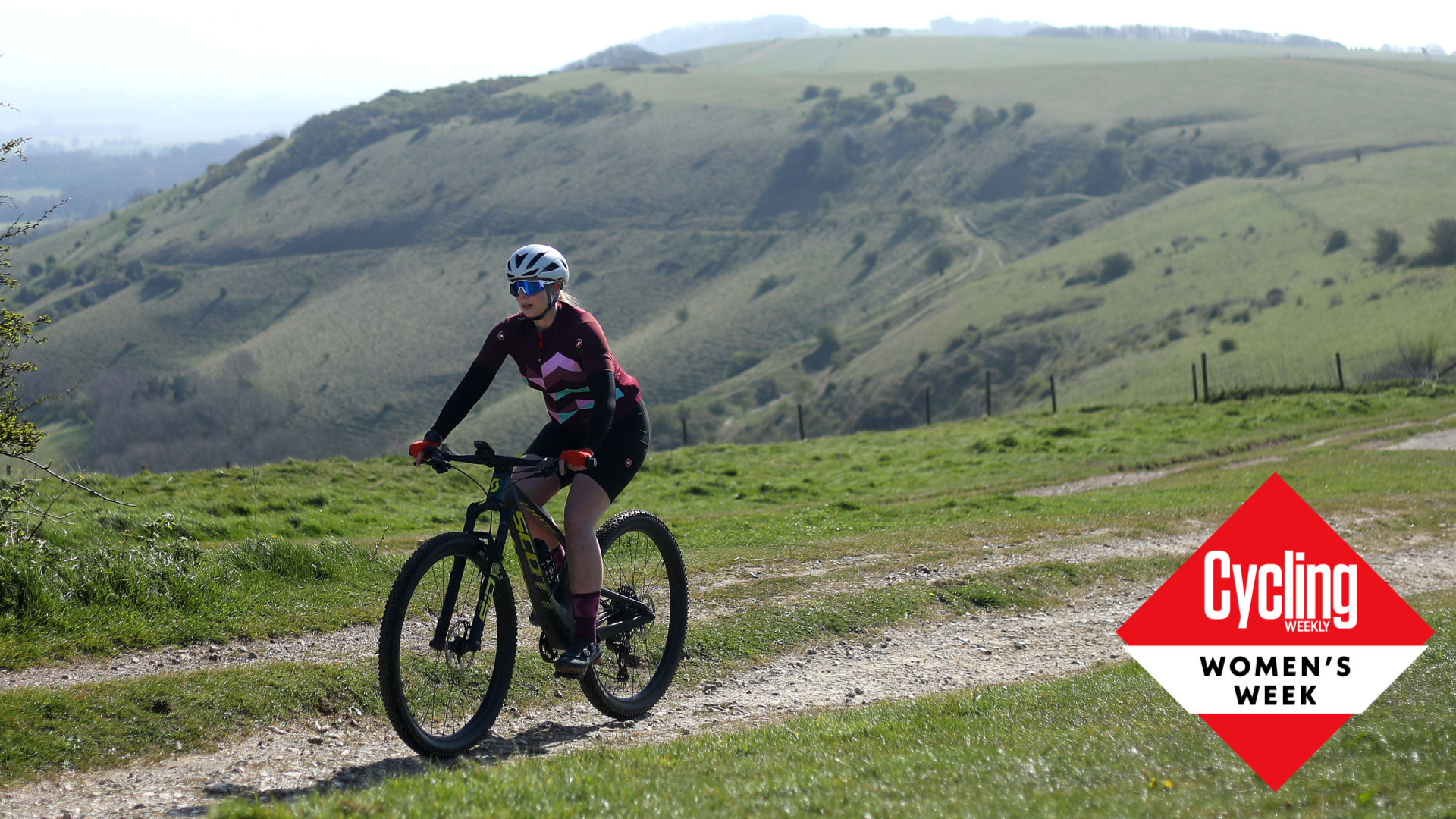 Cycling and pregnancy: expert advice on staying active whilst growing a little person
Cycling and pregnancy: expert advice on staying active whilst growing a little personCycling Weekly's digital editor was never going to spend 40 weeks off the bike...
By Michelle Arthurs-Brennan
-
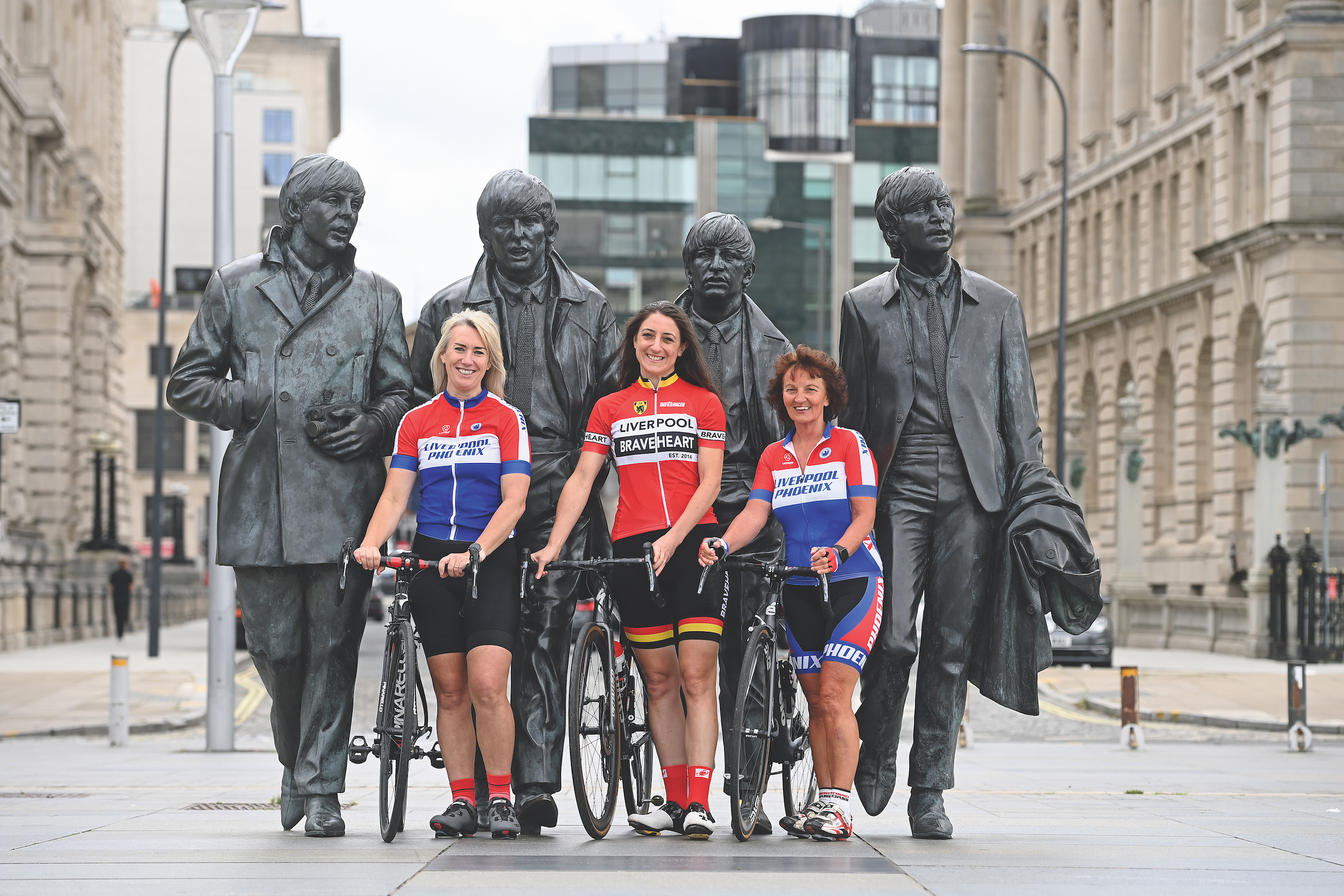 Three's peak: How a trio of veteran women TT racers set a blistering new Three Peaks record
Three's peak: How a trio of veteran women TT racers set a blistering new Three Peaks recordThree women, three peaks, one target: to hike up and down each mountain, cycling from one to the next, in record time. CW finds out how they got on
By David Bradford
-
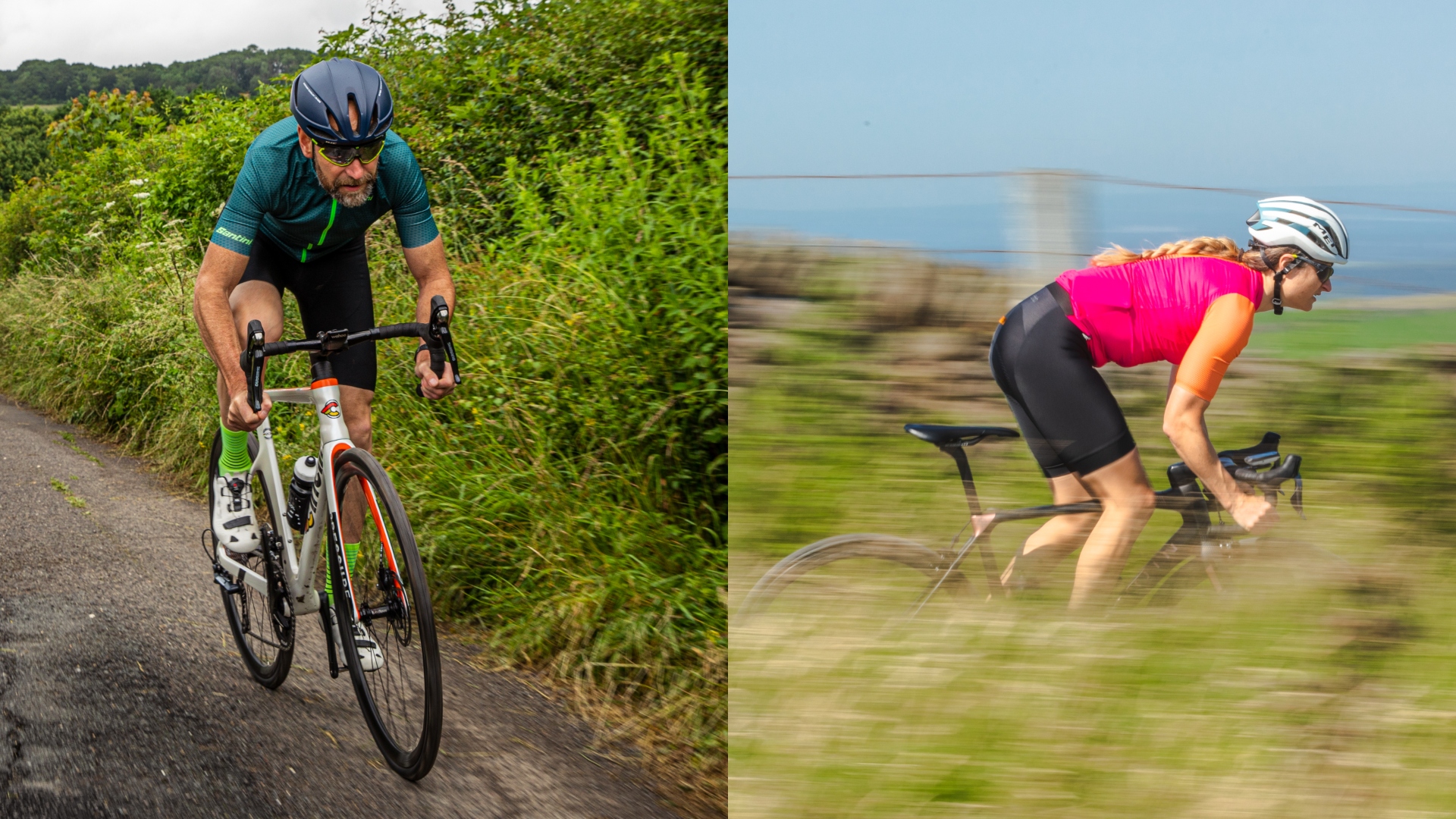 Ideal time of day to exercise differs between active men and women
Ideal time of day to exercise differs between active men and womenDig deep and make it count - new research shows that the optimal time of day to burn fat is not the same across the genders
By Anna Marie Abram